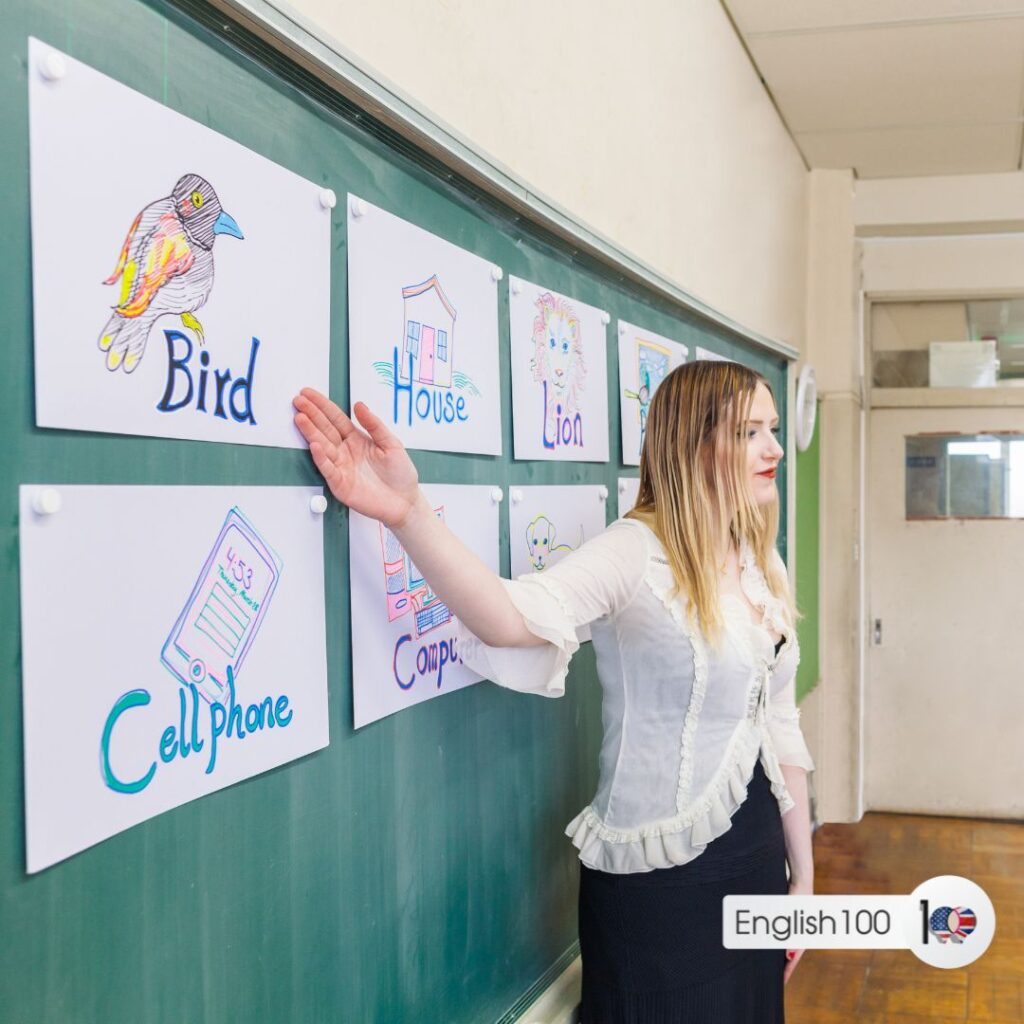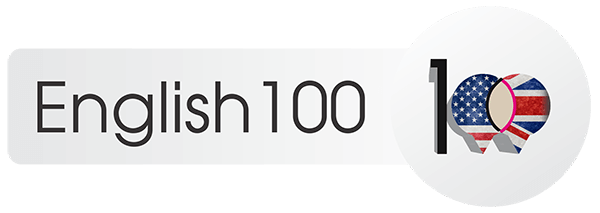Teaching English as a Second Language (ESL) can be a challenging task but with the right teaching materials, it becomes a rewarding and enjoyable experience for both teachers and students. Effective lesson plans rely on high-quality ESL teaching materials that engage learners and facilitate language acquisition.
In this article, we will explore the 15 best ESL teaching materials that can help ESL teachers create excellent lesson plans.
ESL teaching materials

ESL teaching materials are resources and tools used by English as a Second Language (ESL) teachers to help students learn and improve their English language skills. These materials can include textbooks, worksheets, flashcards, audio recordings, videos, and online resources.
They are designed to provide clear and concise explanations, examples, and practice activities that cater to the specific needs and proficiency levels of ESL learners. ESL teaching materials aim to make the learning process engaging, interactive, and accessible for students, facilitating their language acquisition and fluency development.
What types of ESL teaching materials can I create?
When it comes to ESL teaching, there are various types of materials that you can create to enhance your students’ learning experience. Some examples of ESL teaching materials you can create include:
1. Textbooks:
Textbooks are a staple in ESL classrooms, providing structured lessons and comprehensive language content. Popular ESL textbook series such as “Side by Side” and “English File” offer a range of levels and topics to cater to different learner needs.
2. Workbooks:
Workbooks complement textbooks by offering additional exercises and practice activities. They reinforce language concepts and provide opportunities for students to apply what they have learned.
3. Flashcards:

Flashcards are versatile teaching tools that can be used for vocabulary building, grammar practice, and sentence formation. They are visually appealing and encourage active participation, making them ideal for classroom games and activities.
4. Visual Aids:
Visual aids, such as posters, charts, and pictures, are essential for ESL classrooms. They enhance comprehension, stimulate discussion, and create a visually stimulating learning environment.
5. Audio Materials:
Audio materials, including CDs or online audio resources, are invaluable for improving listening and pronunciation skills. They expose learners to authentic English accents, intonation patterns, and natural speech.
6. Videos:
Videos provide an immersive learning experience, bringing real-life situations and cultural aspects into the classroom. They can be used for listening comprehension, vocabulary expansion, and discussion.
For an activity on describing people, moods, and personalities, show several clips from famous movies – I recommend Pirates of the Caribbean, Ratatouille, and Harry Potter. Have each group brainstorm as many accurate adjectives as possible to describe the character and scene. This activity can help students understand the subtleties between words like “angry” and “frustrated.” 1
7. Online Resources:
The digital age has brought forth a plethora of online resources for ESL teaching. Websites like ESL Library, British Council, and Breaking News English offer a wide range of lesson plans, worksheets, and interactive activities.
8. Interactive Whiteboards:
Interactive whiteboards revolutionize classroom instruction by allowing teachers to present and manipulate content seamlessly. They facilitate engagement, collaboration, and interactive learning experiences.
9. Games and Puzzles:
Games and puzzles inject fun and excitement into ESL classrooms while reinforcing language skills. They encourage active participation, foster friendly competition, and provide opportunities for meaningful language practice.
10. Role-Play Materials:
Role-play materials, such as cue cards and scenario prompts, promote communication and fluency development. They encourage students to use English in real-life situations, enhancing their speaking and listening skills.
11. Authentic Materials:
Authentic materials, such as newspapers, magazines, and real-world documents, expose students to real English usage. They provide valuable cultural insights and help learners develop their reading and comprehension abilities.
12. Online Language Learning Platforms:
Online language learning platforms, such as Duolingo and Rosetta Stone, offer interactive lessons, quizzes, and language exercises. These platforms provide self-paced learning opportunities for students outside the classroom.
13. Grammar Books:
Grammar books offer comprehensive explanations and exercises to help students understand and practice grammar rules. They are useful references for both teachers and learners.
14. Conversation Starters:
Conversation starters, in the form of question cards or discussion prompts, ignite meaningful conversations and improve speaking skills. They enable students to express their thoughts and opinions on various topics.
15. Assessment Materials:
Assessment materials, such as tests, quizzes, and rubrics, ensure that student’s progress is measured accurately. They provide feedback for both teachers and students, highlighting areas for improvement.
12 Amazing websites – ESL resources for teachers & students:
These 12 websites are a treasure trove of resources for both ESL teachers and students. Whether you’re looking for lesson plans, interactive activities, grammar exercises, or vocabulary games, these websites have it all. So, let’s explore these websites and unlock a world of learning possibilities for ESL learners and educators alike:
1. British Council – The British Council offers a wide range of resources for both teachers and students, including lesson plans, interactive activities, and videos.
2. ESL Games Plus – This website provides interactive games and activities for ESL students to practice vocabulary, grammar, and listening skills.
3. ESL Library – ESL Library offers a collection of lesson plans, worksheets, and teaching resources for ESL teachers. They cover a variety of topics and levels.
4. Dave’s ESL Cafe – Dave’s ESL Cafe is a popular website for ESL teachers and students. It provides forums, job listings, lesson plans, and resources for teaching and learning English.
5. Breaking News English – This website offers news articles at different levels of difficulty, along with comprehension activities and discussion questions. It is a great resource for developing reading and listening skills.
6. Randall’s ESL Cyber Listening Lab – This website provides listening activities and quizzes at various levels. It is a useful tool for improving listening comprehension skills.
7. ESL Kids World – ESL Kids World offers a wide range of resources for teaching English to young learners, including games, flashcards, worksheets, and lesson plans.
8. English Club – English Club provides resources for both teachers and students, including grammar explanations, vocabulary lists, quizzes, and interactive activities.
9. BusyTeacher – BusyTeacher offers a large collection of free ESL worksheets, lesson plans, and teaching resources. It covers various topics and levels.
10. Engoo – Engoo is an online platform that connects students with English tutors for one-on-one lessons. It is a great resource for students looking for personalized language instruction.
11. ESLvideo.com – ESLvideo.com provides a collection of videos with interactive quizzes for ESL students. It allows students to practice listening comprehension while watching engaging videos.
12. ESL Gold – ESL Gold offers lessons, quizzes, and resources for ESL students. It covers different language skills and provides opportunities for practice and improvement.
FAQ about ESL resources for teachers:
1. What materials are needed to teach English?
- Textbooks or teaching materials with lesson plans
- Whiteboard or blackboard with markers or chalk
- Printed worksheets or handouts for activities
- Audiovisual aids such as videos or audio recordings
2. What should I teach ESL for beginners?
- Basic greetings and introductions.
- Vocabulary for everyday objects and activities.
- Simple sentence structures and grammar rules.
- Practical language skills for shopping, ordering food, and asking for directions.
3. How do I prepare for ESL teaching?
- Research and familiarize yourself with the ESL teaching methods and techniques.
- Obtain relevant certifications or qualifications for ESL teaching, such as TEFL or TESOL.
- Develop lesson plans and gather teaching materials suitable for ESL learners.
- Practice and improve your communication and presentation skills to effectively convey information to non-native English speakers.
4. What should ESL teachers teach?
ESL teachers should teach a wide range of language skills and components, including grammar, vocabulary, pronunciation, listening, speaking, reading, and writing.
Additionally, they should focus on developing students’ communication and critical thinking skills, cultural awareness, and intercultural competence.
It is important for ESL teachers to provide a well-rounded curriculum that caters to the individual needs and abilities of their students.
5. How do I prepare for ESL teaching?
To prepare for ESL teaching, you can start by obtaining the necessary qualifications, such as a TESOL or TEFL certification. Additionally, familiarize yourself with ESL teaching methodologies and resources, and practice creating lesson plans and teaching materials.
It is also beneficial to gain experience by volunteering or observing experienced ESL teachers. Finally, staying up-to-date with current language learning trends and being open to cultural differences will help you effectively prepare for ESL teaching.
6. What are teaching methods in ESL?
- Total Physical Response (TPR)
- Communicative Language Teaching (CLT)
- Task-Based Learning (TBL)
- Grammar-Translation Method
7. How do I make a ESL lesson plan?
- Start by identifying the language skills or areas of focus for your lesson plan, such as listening, speaking, reading, or writing.
- Determine the specific objectives or goals you want your students to achieve by the end of the lesson.
- Select appropriate materials and resources, such as textbooks, worksheets, or online resources, that align with your objectives and cater to your student’s proficiency level.
- Structure your lesson plan by including warm-up activities, the introduction of new vocabulary or grammar points, interactive practice activities, and a concluding activity or assessment to gauge students’ understanding and progress.
8. What are the most popular ESL teaching methods?
Several ESL (English as a Second Language) teaching methods have been popularized over the years, each with its own unique approach to language instruction. Here are eight of the most popular ESL teaching methods:
- Communicative Language Teaching (CLT)
- Task-Based Language Teaching (TBLT)
- The Direct Method
- Total Physical Response (TPR)
- The Audio-Lingual Method
- The Silent Way
- Content-Based Instruction (CBI)
- The Lexical Approach
In conclusion, incorporating the right ESL teaching materials into lesson plans is crucial for creating engaging, effective, and enjoyable learning experiences. The 15 best ESL teaching materials mentioned in this article offer a wide variety of resources to cater to different learning styles and levels. By utilizing these materials, ESL teachers can help their students develop their language skills and achieve their language learning goals.
References:
- Moran, A. (2022). 10 Essential ESL Teaching Tools. Go Overseas. https://www.gooverseas.com/blog/essential-esl-teaching-tools
